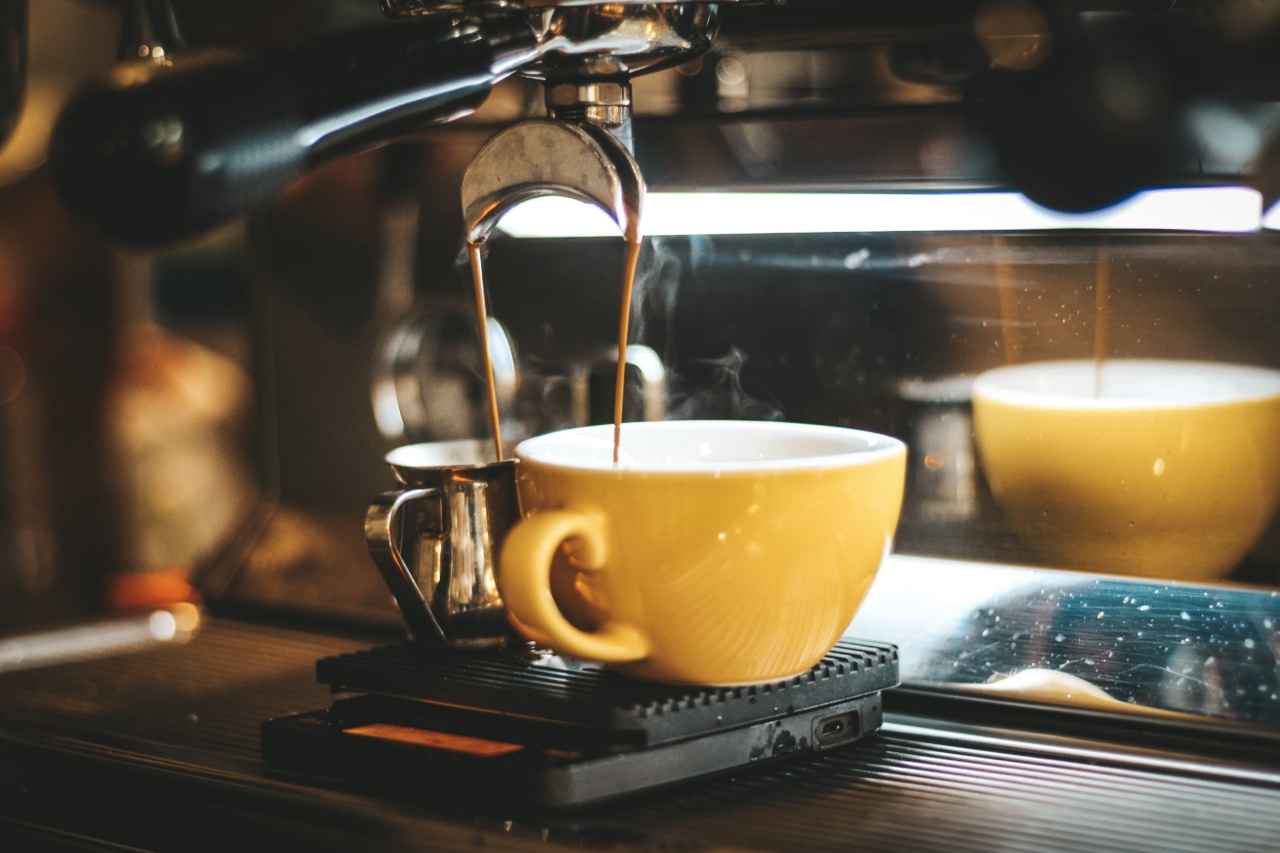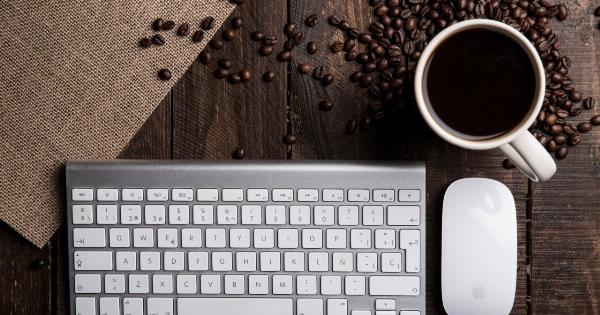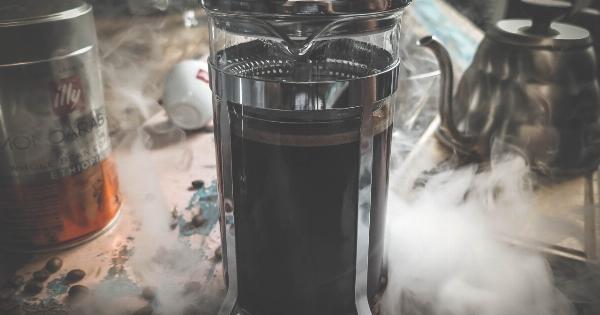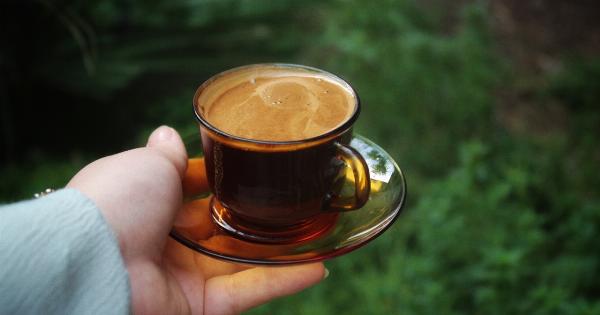Caffeine is a naturally occurring stimulant that is found in various plants such as coffee beans, tea leaves, and cocoa beans. It is known for its ability to enhance mental alertness and reduce fatigue.
Many of us rely on caffeine to kick-start our day or keep us going during the afternoon slump. However, the caffeine content in different beverages can vary significantly, making it important to understand and quantify the levels present in our favorite drinks.
Caffeine and its Effects
Caffeine works by stimulating the central nervous system, increasing alertness and reducing the perception of fatigue.
It is one of the most widely consumed psychoactive substances in the world, with coffee and tea being the primary sources for most people.
When consumed in moderation, caffeine can have several positive effects on cognition and physical performance.
It can improve focus, attention, and reaction time, making it a popular choice for students cramming for exams or professionals needing to meet deadlines.
However, excessive caffeine intake can lead to negative side effects such as restlessness, irritability, increased heart rate, and difficulty sleeping.
Individual sensitivity to caffeine can also vary, with some people experiencing jitters or anxiety even with small amounts.
Measuring Caffeine Levels
Quantifying the exact amount of caffeine in a specific beverage is a complex process that involves both scientific measurement and estimation.
The caffeine content can vary depending on many factors, including the brewing method, extraction time, bean or leaf type, and serving size.
High-performance liquid chromatography (HPLC) is the most commonly used method to measure caffeine levels accurately. It involves separating the various components of a liquid sample, including caffeine, and analyzing them individually.
This method provides precise and reliable results, but it is time-consuming and requires specialized equipment.
For manufacturers, it is important to establish consistent caffeine levels in their products to ensure they meet regulatory requirements and provide accurate information to consumers.
Quality control processes and regular testing are conducted to maintain consistency in caffeine content.
For consumers, determining caffeine levels can be more challenging. While some companies provide information on their packaging, others do not. In such cases, consumers can use rough estimations based on general guidelines.
Caffeine Levels in Coffee
Coffee is one of the most popular and widely consumed beverages worldwide. The caffeine content in coffee can vary greatly depending on factors such as the type of coffee bean, the roast level, and the brewing method.
An average 8-ounce cup of brewed coffee contains around 95 milligrams (mg) of caffeine. However, this can range from as low as 30 mg in a small cup of decaffeinated coffee to as high as 200 mg in a strong cup of espresso.
It is important to note that espresso is typically served in smaller quantities compared to regular coffee, so the caffeine concentration per ounce is higher.
Coffee also comes in various forms such as instant coffee, freeze-dried coffee, and coffee-flavored beverages. These products often have lower caffeine content compared to brewed coffee and espresso.
For example, a typical instant coffee serving of 8 ounces may contain around 63 mg of caffeine.
Caffeine Levels in Tea
Tea is another popular beverage that contains caffeine. The caffeine content in tea is generally lower than that in coffee, but it can still provide a mild stimulant effect.
An 8-ounce cup of brewed black tea contains about 40-60 mg of caffeine. Green tea, which is known for its health benefits, contains slightly less caffeine, ranging from 20-45 mg per cup.
The caffeine content in tea can vary depending on the specific variety, the quality of the leaves, and the brewing time.
Steeping tea for a longer duration increases the caffeine extraction, while brewing for a shorter time results in a milder cup with less caffeine.
Caffeine Levels in Soft Drinks
Soft drinks, particularly cola-based beverages, have gained infamy for their caffeine content. These beverages often contain caffeine as an added ingredient, providing a stimulating effect in addition to the sugar and carbonation.
An average 12-ounce can of cola contains approximately 30-40 mg of caffeine. However, this can vary across brands and formulations.
Some energy drinks and specialty soda products can have much higher levels of caffeine, ranging from 50-200 mg per serving.
It is important for consumers to be aware of the caffeine content in their favorite soft drinks, especially if they are sensitive to its effects or need to monitor their overall caffeine intake.
Other Sources of Caffeine
In addition to coffee, tea, and soft drinks, caffeine can be found in other food and beverage items. Here are a few examples:.
Chocolate: Dark chocolate contains small amounts of caffeine. A 1-ounce serving can provide around 12 mg of caffeine.
Energy drinks: Energy drinks are known for their high caffeine content, ranging from 70-200 mg per serving. These beverages often also contain other stimulants and may not be suitable for everyone.
Medications and supplements: Certain medications and dietary supplements, such as weight loss products and headache remedies, may contain caffeine. It is important to read labels and be aware of the overall caffeine intake.
Managing Caffeine Consumption
While caffeine can offer benefits in moderation, it is essential to manage its consumption to avoid negative effects or dependence. Here are a few tips:.
Know your limits: Understand your own caffeine sensitivity and establish personal limits based on your tolerance and health status.
Read labels: Check the caffeine content on product labels when available. This can help you make informed choices and maintain control over your intake.
Consider decaffeinated options: If you enjoy the taste of coffee or tea but want to reduce your caffeine intake, opt for decaffeinated versions. These still provide the flavor without the stimulating effects.
Stay hydrated: Balance your caffeine consumption by drinking plenty of water throughout the day. This can help minimize potential dehydration caused by caffeine’s diuretic effect.
Avoid caffeine late in the day: Caffeine’s effects can last for several hours, so it is best to avoid consuming large amounts in the evening or close to bedtime to prevent sleep disturbances.
Conclusion
Caffeine can be found in various beverages we consume daily, ranging from coffee and tea to soft drinks. The caffeine content in these drinks can vary significantly, impacting its stimulant effects and overall consumption considerations.
Quantifying the exact caffeine levels in our favorite drinks requires scientific measurement and estimation. Companies utilize high-performance liquid chromatography (HPLC) to ensure consistent caffeine content in their products.
For consumers, relying on general guidelines or product labeling can help estimate caffeine levels.
Understanding the caffeine levels in different beverages empowers individuals to make informed choices and manage their caffeine consumption effectively.
By balancing their intake, people can harness the benefits of caffeine without experiencing negative side effects or dependence.































